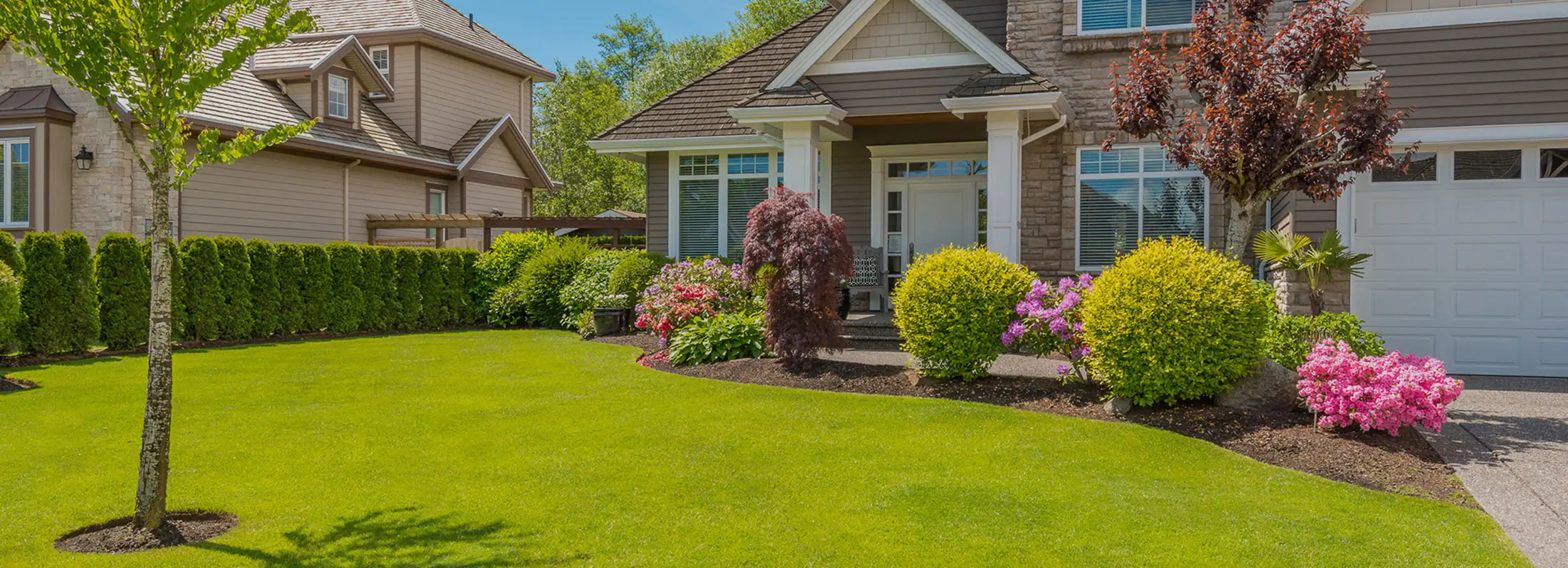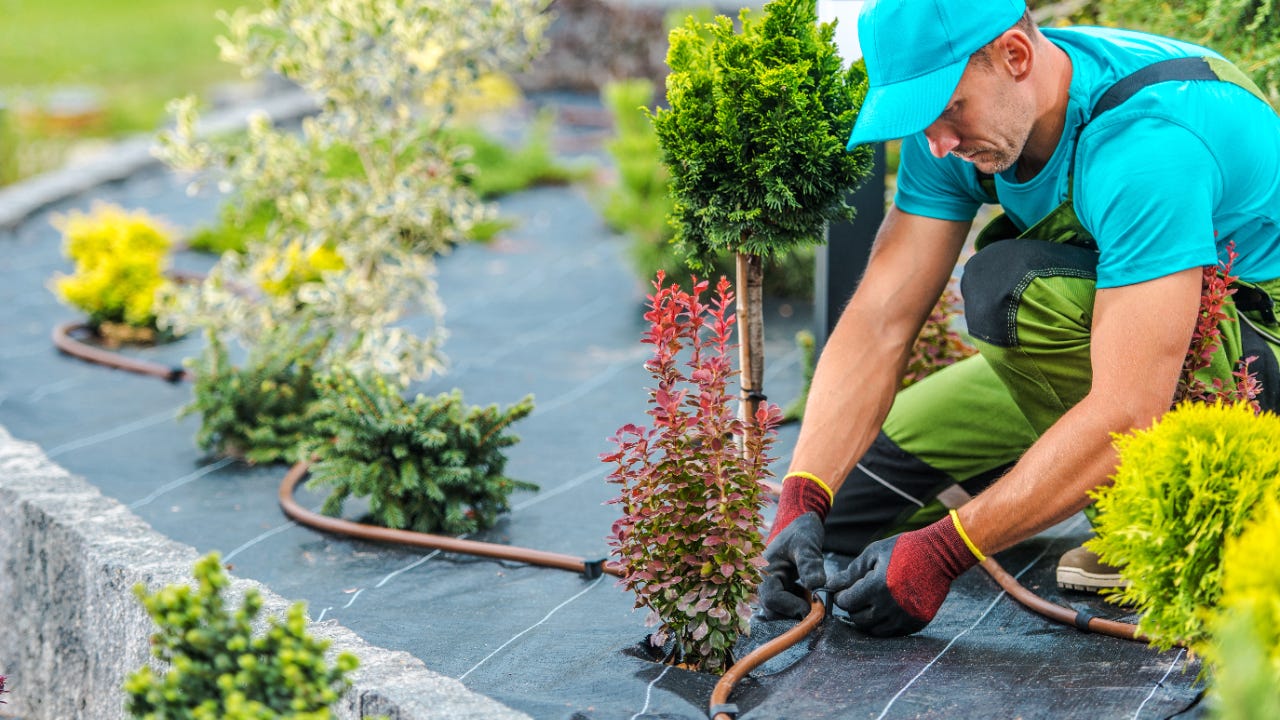Why Picking the Right Palm Desert Landscaping Solution Issues
Why Picking the Right Palm Desert Landscaping Solution Issues
Blog Article
A Comprehensive Guide to Designing and Implementing Effective Landscaping Solutions
The art and science of landscape design expand beyond simple aesthetics; they include a thoughtful assimilation of layout principles, environmental stewardship, and sensible application. An extensive guide to effective landscape design remedies starts with a thorough understanding of your outside space, stressing the relevance of proportion, unity, and balance. As we explore lasting methods and the selection of ideal plants, the implications for biodiversity and area wellness become significantly obvious. What techniques can one use to make sure these landscapes not just thrive yet likewise grow in harmony with their environments?

Understanding Landscape Layout Principles
One may question what fundamental elements contribute to efficient landscape design. At its core, effective landscape style rests on numerous crucial principles that guide the setup and choice of elements within an area. These principles consist of unity, proportion, rhythm, and balance, each offering to create an unified outdoor atmosphere.
Unity refers to the cohesive partnership amongst various parts, guaranteeing that they function with each other cosmetically and functionally. Balance can be accomplished through asymmetrical or balanced arrangements, permitting the landscape to feel steady and welcoming. Proportion includes recognizing the scale of aspects in regard to each other and the surrounding atmosphere, advertising aesthetic harmony and comfort.

Evaluating Your Outdoor Room
Before executing the principles of landscape layout, an extensive evaluation of your outdoor area is crucial. This first assessment aids define the extent of your landscape design project and makes sure that your style straightens with the distinct attributes of your residential or commercial property. Begin by assessing the measurements of your space, taking accurate measurements to comprehend the readily available location for numerous components such as paths, gardens, and patio areas.
Following, observe the existing functions of your landscape, consisting of topography, soil top quality, and water drainage patterns. These elements substantially influence plant selection and placement. Additionally, evaluate the sunlight exposure across different areas throughout the day, as this will impact the types of plants that thrive in your yard.
Take into consideration the microclimates developed by frameworks, trees, and various other challenges, as they can affect temperature and wetness levels. Lastly, bear in mind of any type of existing plants or hardscape aspects that you wish to retain or get rid of. This comprehensive analysis lays the foundation for a knowledgeable and effective landscaping remedy, making certain that your style is not just aesthetically pleasing yet sustainable and additionally practical for years to find.
Sustainable Landscape Design Methods
Including sustainable landscape design methods is necessary for producing an environmentally accountable outdoor area. These techniques not only advertise ecological balance yet also boost the functional and visual worth of a landscape. One foundational strategy is the usage of indigenous plants, which require less water and upkeep while supporting regional wild animals. Executing reliable irrigation moved here systems, such as drip irrigation, decreases water waste and guarantees that plants get adequate wetness.

Another efficient strategy is the strategic placement of shrubs and trees to supply all-natural windbreaks and shade, therefore lowering energy expenses (Palm Desert Landscaping). Rainfall gardens can be integrated right into the landscape layout to manage stormwater overflow properly, filtering pollutants prior to they enter waterways
Selecting the Right Plant Kingdoms
Selecting the right plants for your landscape is important to attaining both aesthetic appeal and environmental consistency. The procedure starts with an understanding of your local climate, dirt problems, and the specific microenvironments within your landscape. Evaluating aspects such as sunshine direct exposure, dampness degrees, and existing flora will help you select plants that flourish in your special setup.
Take into consideration incorporating native plants, as they are well-adapted to local conditions, require less maintenance, and support local wildlife. Additionally, selecting a varied selection of varieties can boost biodiversity while reducing the risk of disease and pest outbreaks. It is important to assess the growth habits, blooming durations, and seasonal shades of prospective plants to produce a dynamic and natural landscape.
In addition, consider the planned usage of the area; for instance, if the area will certainly experience high foot website traffic, select durable ground covers. By thoughtfully choosing plants that align with both your environmental needs and visual objectives, you can produce a sustainable landscape that not only enhances your building yet likewise adds favorably to the surrounding ecosystem.

Application and Upkeep Strategies
Once the right plants have actually been picked for your landscape, the focus moves to reliable implementation and continuous you can look here upkeep strategies. Successful installment begins with proper website prep work, which includes soil testing to identify nutrient degrees and pH, adhered to by amending the soil as needed. Meticulously arrange plants according to their growth routines and light needs, guaranteeing appropriate spacing to advertise healthy and balanced growth.
Irrigation is an important component of execution. Develop a watering schedule that considers the particular requirements of each plant types, changing for seasonal adjustments. Making use of drip watering systems can boost water efficiency and reduce runoff.
Maintenance strategies must be implemented to guarantee the longevity and vitality of your landscape. Regular jobs consist of weeding, mulching, and trimming to manage development and protect against condition. Fertilizing must be carried out based on soil examinations, giving the essential nutrients without over-fertilizing.
Monitoring for illness and insects is necessary; early detection can prevent considerable damage. Seasonal modifications to maintenance regimens, such as winterizing perennials and preparing for springtime development, will make certain that your landscape stays aesthetically attractive and healthy and balanced year-round.
Conclusion
Effective implementation and ongoing upkeep better ensure the durability and vigor of landscapes. By incorporating these elements, landscapes can be transformed into attractive, functional environments that promote biodiversity and contribute favorably to area health.
One may question what foundational elements contribute to efficient landscape style. At its core, effective landscape layout pivots on numerous vital principles that guide the plan and choice of aspects within an area.Selecting the right plants for your landscape is crucial to achieving both aesthetic allure and eco-friendly consistency. It is important to assess the growth practices, flowering periods, and seasonal colors of potential plants to create a dynamic and natural landscape.
When the appropriate plants have actually been picked for your landscape, the emphasis moves to efficient implementation and ongoing maintenance strategies.
Report this page